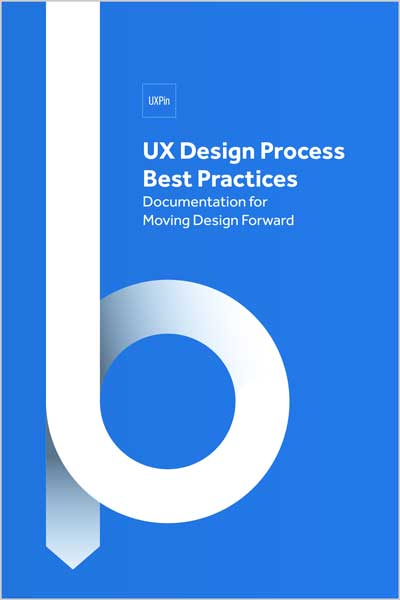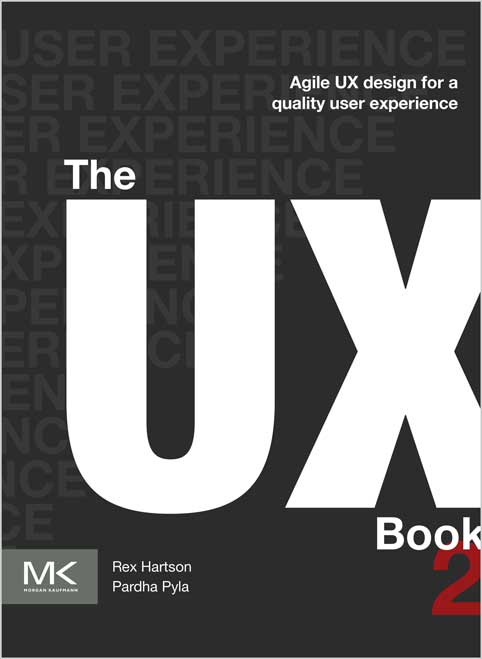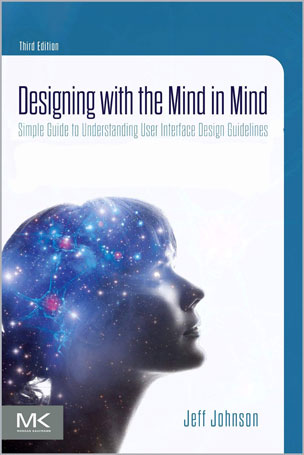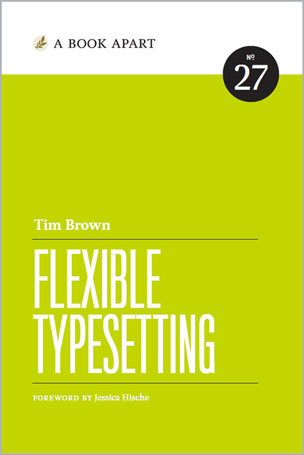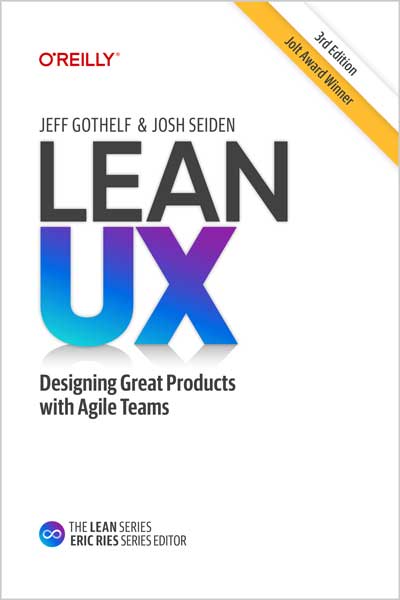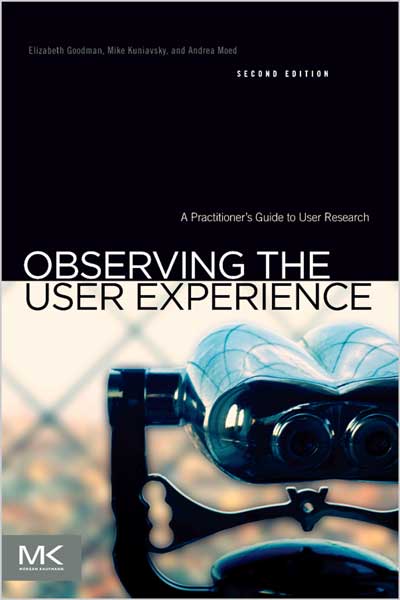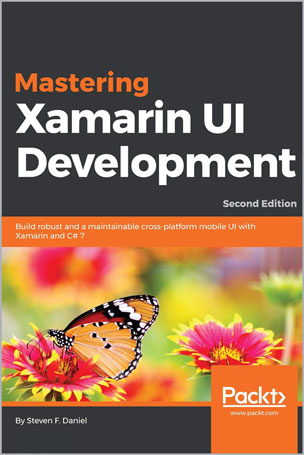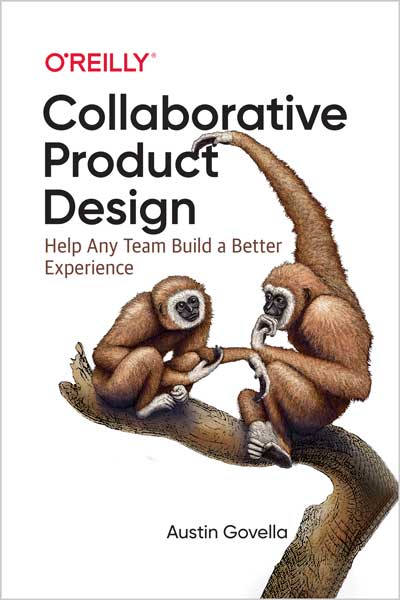Improve Product and Service Design and Enhance Your UX Research
Stephanie Marsh
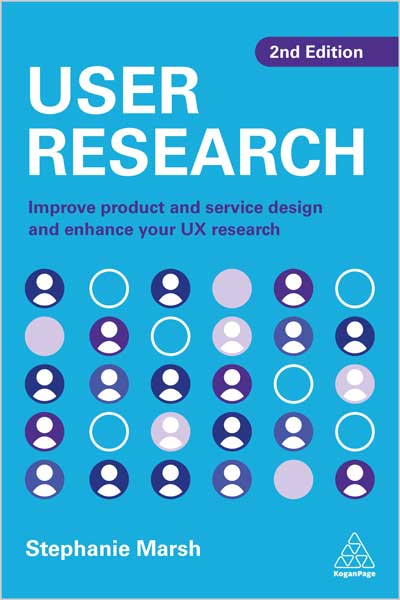
#UX
#User_Research
با وجود اینکه بسیاری از کسبوکارها بر پایه ایجاد تجربهها، محصولات و خدمات مطلوب برای مصرفکننده شکل میگیرند، در عمل بسیاری از آنها در مراحل برنامهریزی و توسعه، کاربر نهایی را نادیده میگیرند. این کتاب آمده است تا این وضعیت را تغییر دهد.
تحقیق تجربه کاربری که با عنوان UX Research نیز شناخته میشود، بر درک رفتارها، نیازها و انگیزههای کاربران از طریق تکنیکهای مشاهدهای، تحلیل وظایف و سایر روشهای تحقیقاتی متمرکز است.
کتاب User Research راهنمایی کاربردی برای استفاده از طیف گستردهای از روشهای تحقیق کاربر ارائه میدهد. نویسنده آن، یکی از متخصصان برجسته تحقیق UX در بریتانیا است و دانش عمیق خود درباره اصول بنیادین تحقیق کاربر را با خواننده به اشتراک میگذارد.
در این کتاب، تمام روشهای کلیدی تحقیق از جمله تست کاربر چهرهبهچهره، مرتبسازی کارتها (Card Sorting)، پرسشنامهها، آزمون A/B و بسیاری روش دیگر پوشش داده شدهاند. نویسنده با دیدی تخصصی، به بررسی دقیق نکات ظریف، مزایا و معایب هر روش میپردازد و در عین حال نحوه تفسیر، تحلیل و اشتراکگذاری دادهها پس از جمعآوری را آموزش میدهد.
در ویرایش دوم کتاب، یک فصل جدید به موضوع زیرساختها و عملیات تحقیق (ResearchOps) اختصاص یافته و همچنین مطالب تازهای درباره ترکیب روشهای تحقیق کاربری افزوده شده است.
نظرات کارشناسان:
"این کتاب مرجعی جامع برای تبدیلشدن به یک محقق کاربر حرفهای است. بهطور کامل نشان میدهد چگونه تحقیقاتی مؤثر را برنامهریزی، اجرا و تحلیل کنیم. نسخه جدید نیز با در نظر گرفتن نیازهای مدرن مانند اخلاق داده و عملیاتیسازی تحقیق کاملاً بهروز شده است. یک کتاب ضروری برای محققان تازهکار و باتجربه."
— استیو بروملی، محقق ارشد UX در Reach PLC و نویسنده کتابهای Building User Research Teams و How To Be A Games User Researcher
"چه در آغاز مسیر تحقیق کاربر و ResearchOps باشید و چه فردی با تجربه، این کتاب راهنمایی ضروری برای شماست. بسیار کاربردی و پاسخگوی سؤالاتی است که شاید حتی نمیدانستید دارید!"
— بریجت متزلر، رهبر تحقیقاتی در وزارت کشاورزی استرالیا و رئیس مشترک جامعه ResearchOps
"راهنمایی واقعی برای کل چرخه تحقیق کیفی و کاربر، از طراحی تا جمعآوری و انتشار نتایج. توجه دقیق به عملیات تحقیق و ملاحظات قانونی و اخلاقی اعتبار و کارایی این کتاب را دوچندان کرده است."
— لورا ویلسون، مدیر پلتفرم کیفیت داده، مرکز آمار ملی بریتانیا
"کتاب ضروری برای هر کسی که در حال یادگیری تحقیق کاربر است. همچنین منبعی ارزشمند برای محققان باتجربه. قرار است به کتابخانه شخصی من اضافه شود!"
— کارمن گوئهوارا، پیشگام در تعامل انسان و رایانه (HCI)
"بالاخره یک راهنمای کاربردی و واقعگرایانه برای تمام روشهای تحقیق کاربری در قالب یک کتاب داریم. مطمئنم نسخههای خطخورده و پرنشان این کتاب را روی میز همه کسانی خواهیم دید که به طراحی متکی بر نیاز کاربر باور دارند."
— امی استوکس، مشاور ارشد در Affinity UX
"استفنی مارش با مهارت، روشهای مدرن تحقیق کاربری را با دقت شرح داده... و مهمتر از آن، مشخص میکند دقیقاً چه زمانی باید از کدام روش استفاده کرد."
— کالین مکآرتور، استاد دانشگاه بوکونی
"راهنمای جامع و قدرتمندی که با توضیحهای روشن و دستورالعملهای کاربردی بر اساس تجربه گسترده نویسنده، خواننده را توانمند میسازد. اگر از پیچیدگی و وسعت موضوع تحقیق کاربری احساس ترس کردهاید، این کتاب برای شماست."
— امی هوپ، متخصص طراحی سیستم و محتوای طراحی
"استفنی مارش کار دشواری را بهخوبی انجام داده—او کل فرآیند تحقیق کاربر را پوشش داده و بر اصول بنیادین نیز تأکید دارد. چه فردی با تجربه باشید و چه تازهوارد، این کتاب را میخواهید همیشه در کنار خود داشته باشید."
— میتولا نایک، مدیر تجربه مشتری، سرویس دیجیتال کانادا
Despite businesses often being based on creating desirable experiences, products and services for consumers, many fail to consider the end user in their planning and development processes. This book is here to change that.
User experience research, also known as UX research, focuses on understanding user behaviours, needs and motivations through a range of observational techniques, task analysis and other methodologies. User Research is a practical guide that shows readers how to use the vast array of user research methods available. Written by one of the UK's leading UX research professionals, readers can benefit from in-depth knowledge that explores the fundamentals of user research.
Covering all the key research methods including face-to-face user testing, card sorting, surveys, A/B testing and many more, the book gives expert insight into the nuances, advantages and disadvantages of each, while also providing guidance on how to interpret, analyze and share the data once it has been obtained. Now in its second edition, User Research provides a new chapter on research operations and infrastructure as well as new material on combining user research methodologies.
Review
"This book offers a comprehensive overview of how to be a great user researcher and explains exactly how to plan, run and debrief impactful user research. This new edition is right up to date with modern research needs for ethical data handling, and operationalising research. An essential handbook for new and experienced researchers to keep by their side!" ― Steve Bromley, Principal User Researcher at Reach PLC and author of Building User Research Teams and How To Be A Games User Researcher
"For those embarking on a career in user research, research operations, or for those with experience in the fields, User Research is a must-have guide. Fantastically practical with all those questions you didn't even know you had already covered." ― Brigette Metzler, ResearchOps Lead, Department of Agriculture, Water, and the Environment (Australia) and co-chair of the ResearchOps Community
"A true guide as it covers the full lifecycle of user and qualitative research, from design and collection through to dissemination. Following the advice in each chapter will ensure you deliver robust research and insights. The addition of the research operations section and the prominence given to the legal and ethical considerations only further enhances the credibility and utility of this book." ― Laura Wilson, Data Quality Hub Lead, UK Office for National Statistics and author of Respondent Centred Surveys
"This is an essential handbook for anyone learning how to conduct user research. It's also an invaluable reference book for experienced researchers. I shall add it to my library! What stands out in this book is the excellent blending of the basic building blocks with best practice for conducting quality user research." ― Karmen Guevara, Human-Computer Interaction Pioneer
"We finally have a practical and pragmatic overview of user research methods together in one book. I expect to see well-thumbed and bookmarked copies of this book on the desks of everyone who believes in the value of designing for their users." ― Amy Stoks, Principal Consultant, Affinity UX Ltd
"Stephanie Marsh artfully and comprehensively describes modern user research methods...and importantly, exactly when to use which one!" ― Colin MacAthur, Adjunct Professor, University Bocconi
"The comprehensive guide that follows delivers this promise, empowering its reader with clear explanations and practical instructions based on Stephanie's extensive experience. If you've ever felt intimidated by the complexity and breadth of the subject of user research, this book is for you." ― Amy Hupe, Design Systems and Content Design Expert
"Stephanie Marsh does a hard thing well- she covers the whole gamut of a user researcher's process while placing a strong emphasis on the core fundamentals. Whether you're an experienced researcher or you're new to the field, you'll want to keep this book close to hand." ― Mithula Naik, Head of Client Experience, Canadian Digital Service
Table of Contents
PART ONE The fundamentals: what good research looks like
- 02 Planning your user research
- 03 Best practice in user research: who, what, why and how
- 04 Getting the legal and ethical stuff right
- 05 Setting up for success
- 06 Managing user research logistics: agencies, facilities and contracts
PART TWO Selecting and using user research methods
- 07 Usability testing: observing people doing things
- 08 Content testing: what do people think your content means?
- 09 Card sorting: understanding how people group and relate things
- 10 Surveys: how to gauge a widespread user response
- 11 User interviews: understanding people’s experience through talking to them
- 12 Diary studies: how to capture user research data over time
- 13 Information architecture validation through tree testing: does the structure of your information work for your users?
- 14 Ethnography: observing how people behave in the real world
- 15 Contextual inquiry: interviewing people in their own environment
- 16 A/B testing: a technique to compare options
- 17 Getting the best out of stakeholder workshops
- 18 Guerrilla research: running fast-paced research in the real world
- 19 How to combine user research methodologies
PART THREE Analysing user research data
- 20 Content analysis: understanding your qualitative data
- 21 Identifying themes through affinity diagramming
- 22 Thematic analysis: going beyond initial analysis
- 23 Agile analysis
- 24 Analysing usability data and cataloguing issues and needs
- 25 Analysing data to create personas to communicate user characteristics and behaviour
- 26 Analysing data to create mental models: visualizing how user think and identify opportunities
- 27 Turning findings into insight
PART FOUR UX storytelling: communicating your findings
- 28 Making recommendations: how to make your research findings actionable
- 29 Creating executive summaries and detailed reports to present results
- 30 Using video playback to present your research results
- 31 Using journey and experience maps to visualize user research data
- 32 Using scenarios and storyboards to represent the user journey
- 33 Using infographics to translate numerical and statistical data
- 34 How to recommend changes to visual, interaction and information design
About the Author
Stephanie Marsh (she/they) is a leading UX research professional and currently UX Research Operations Lead at Springer Nature. They are the former Head of User Research and Analysis for the UK Government Digital Service and former Head of Digital Strategy for the UK Ministry of Defence. She was also previously a consultant at Bunnyfoot, a leading UX consultancy in the UK. They have contributed chapters to a range of peer-reviewed texts in related fields and has delivered talks on UX Research, Research Operations and UX strategies at a range of conferences and industry events. She is based in London.
